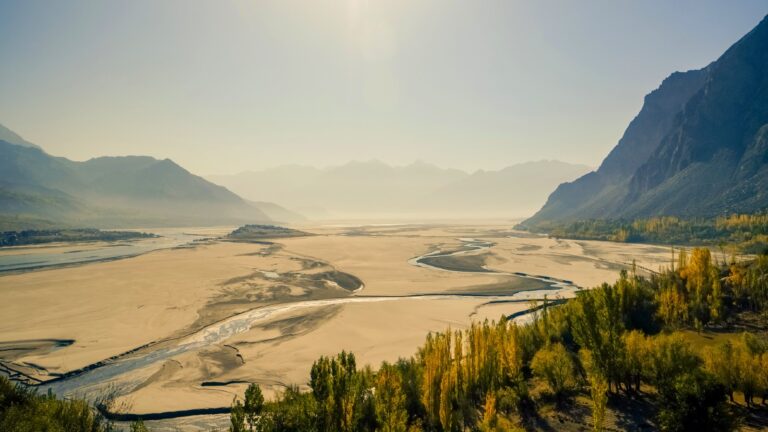Getting There
By means of buses and cars one can access through the Gulmit valley. It will take 3-4 hours from Gilgit city and 1 hour driving distance from Ali abad the capital of Hunza.
What to Expect
Experience the view of Pussu cones, Gulmit Glacier and the tradition, food and culture of the area.
History
Before 1974, when Hunza was a state, Gulmit used to be the Summer Capital of the state. After the abolition of the state it became the Tehsil’s seat of government. The oldest intact house in Gulmit is more than six centuries old.
Most of People in the entire Gojal Valley have Central Asian ancestral backgrounds. The people speak Wakhi language and belong to the Shia Imami Ismaili sect of Islam. Population of Gulmit, according to 2016 survey, consists of around 5000 individuals. Fifty-one percent of the population is female.
There are many forts and fortresses in Gojal valley, such as Qalanderchi fort in Misghar valley and Rashit fort in Chipursan valley, but Ondra fort is the most prominent. This fort is perched on Ondra hill, which overlooks Gulmit and Ghulkin villages. The fort is believed to have been built by Qutlug Baig in the 16th century. He was the first Wakhi ruler to establish rule in Gulmit, threatening the Mirs of Hunza. Before him, Gulmit was under the control of Hazur Jamshid (1550-1556), who was the ruler of Gilgit. His sons Su Malik and Mir Malik were deputed to collect the tax from Gojal. Once, returning from a visit to collect tax from Yishkook in Chipursan valley, the two stopped in Gulmit and liked it. They decided to live in Gulmit.
After the death of Hazur Jamshid, Su Malik, the elder son, rushed to Gilgit to sit on his father’s throne. He became the new ruler of Gilgit (1556-1578). According to Muhammad Zia, celebrated genealogy-keeper (zon) of Gulmit, Mir Malik also eventually left for Hunza. Taking advantage of the absence of Su Malik and Mir Malik, Qutlug Baig with the help of locals captured Gulmit and the surrounding villages. Qutlug Baig belonged to the Charshambi Kator lineage of the Wakhis of Gulmit.
Facilities Available
- Local Guides are available for the guidance of the Tourist/ Visitors.
- People of this area are very hospitable, Peaceful and helpful.
- Hotels are available at Gulmit valley.
- Gulmit valley is on the main KKH and can be accessible through local transport, cars and jeeps.
- Wi-Fi connection is available at Gulmit valley.
- Tourism Department helps the Tourist/ Visitors through providing broachers in both Urdu and English languages. As well as the local People and local Police of the area can also speak local, national and International languages (i.e. English Chinese).
- local transport includes cars, vans and jeeps.
- Filling stations are available at Gulmit, Pasu and Sost.
- Local cars are available at daily base rent.
- Shops are available.













